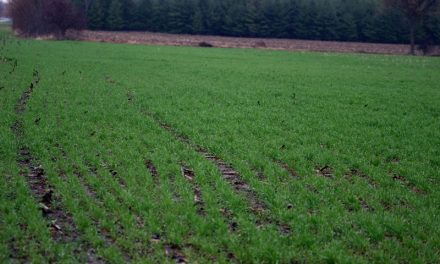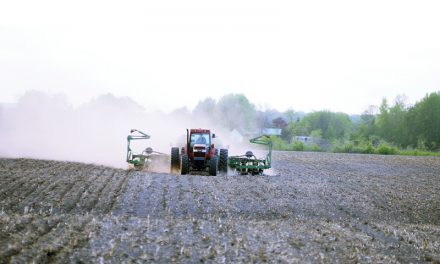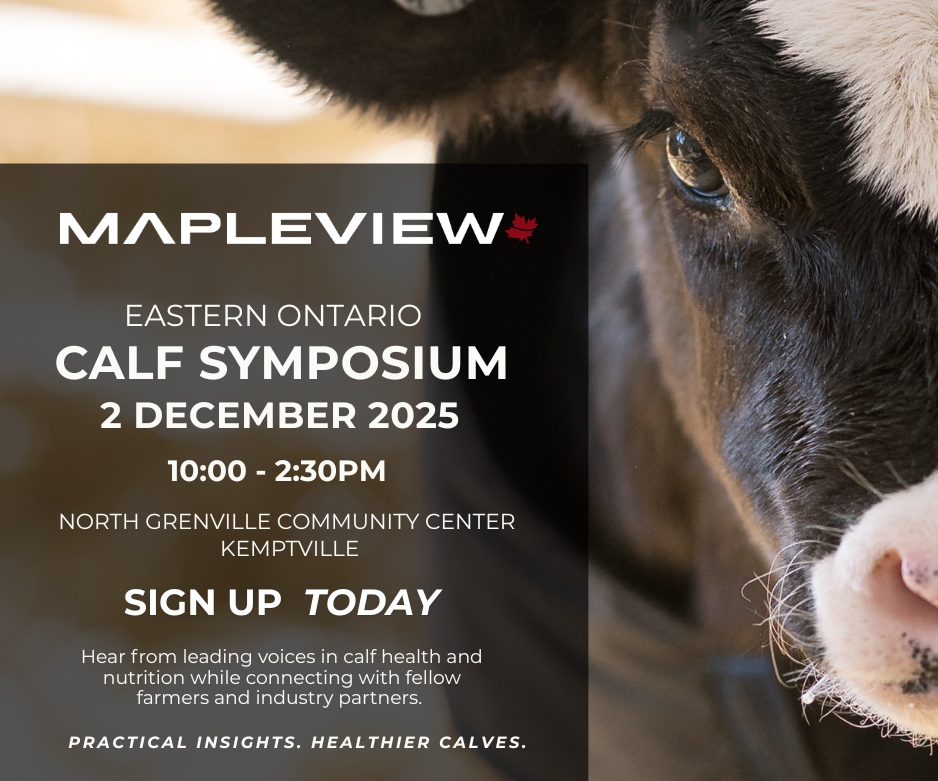by Jakob Vogel B.Sc. (Agr.)
Dairy Consultant
Looking at the producer dashboard over the weekend, there was a pleasant surprise awaiting us all. Another 1.5 per cent cut in quota holding plus impacts on incentive days and production credits for the producers in Ontario while our neighbours to the east were allocated a 3.5 per cent decrease in quota holdings.
Needless to say, so far 2018 has yielded a three per cent decrease in quota holdings (not including the production credits also taken from producers) which most definitely brings more challenges for all of our producers, whether we are looking to build, expand or simply planning to take advantage of the fall incentives with our reproductive management.
The concern with this level of instability within the market leads to a couple of big questions: What’s our next step? We’re over producing – now what? How can we lower cost with a lower price of milk? And the list goes on…
Unfortunately, there is no magic solution for this kind of problem – the solution needs to be evaluated case by case. The biggest challenge moving forward will be to not just think of today, tomorrow or this week but to think ahead – six months, nine months and a year in advance to ensure that we can react if and when this quota is given back to us.
Regardless of all the negatives involved with this scenario – there are still critical aspects that we cannot drop to the wayside including; cow comfort, peak milk, reproduction and last but not least, cow health.
I’d like to focus on the “reducing of costs”, knowing that this is a reoccurring discussion being had this week. When I look at calculating the cost of production we need to take into account two separate factors – the feed cost per cow per day but also the cost per litre (or kg of fat produced). At the end of the day – why would we want to cut cost? The answer to me seems fairly obvious – more money!
What happens when we lower cost and the milk drops as well? Fortunately – this is not always the case, when good management, good cow comfort, quality feed and well balanced diet are all working together, we make money. If we let one of these aspects slip in an attempt to cut cost – we end up treading water or sinking.
Tying into the cow health and comfort aspects – we also need to make sure we do not compromise reproductive performance. If we start compromising reproductive health and peak milk performance, it is a slippery slope to climb back up for if/when we return to a time where quota is given and milk production is required!












